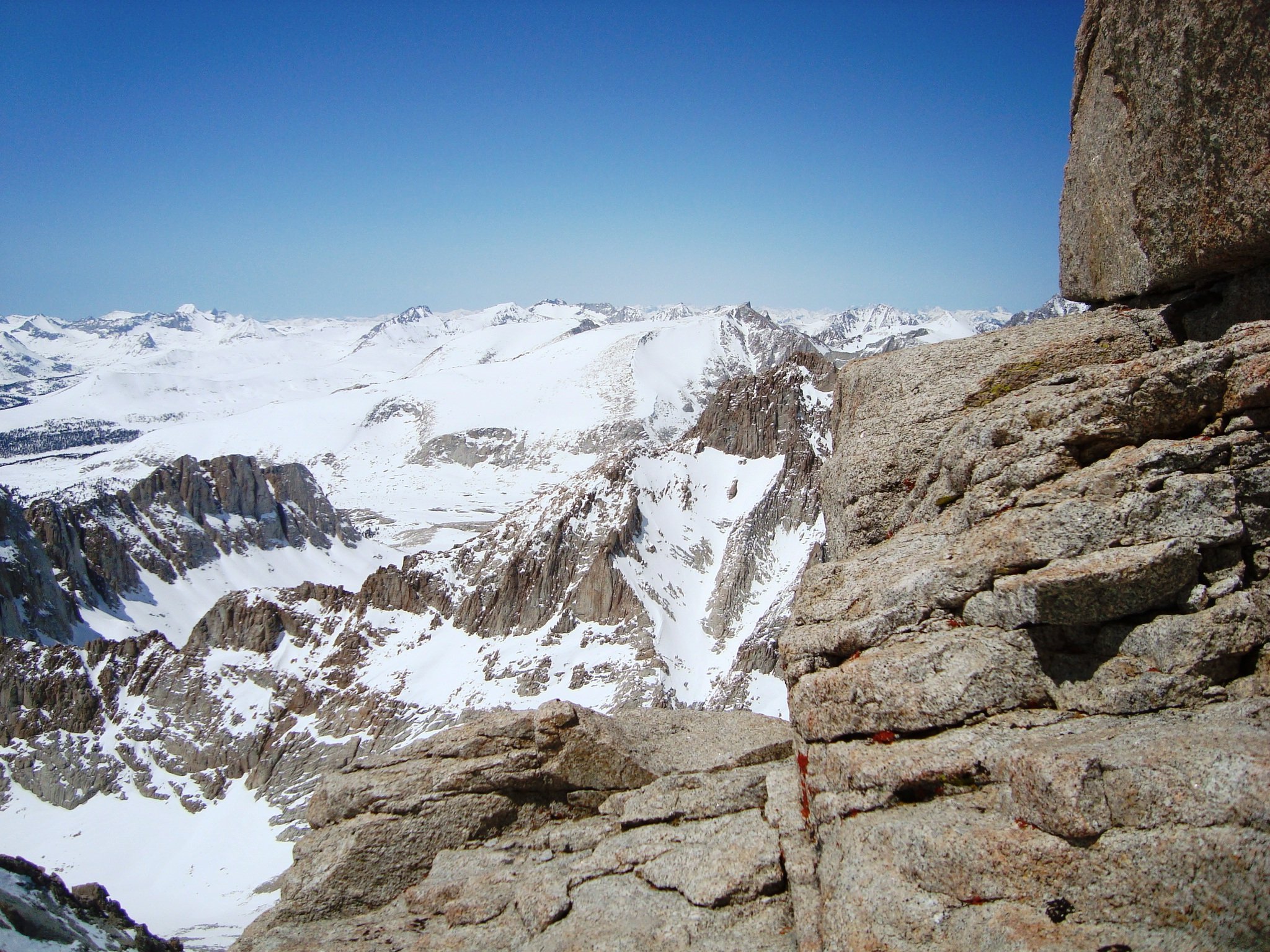On a winter mountaineering expedition, the time to prepare for a summit attempt is when you’re safe in your tent below. Venturing above in foul weather in the manner you would on a calm sunny day will immediately expose you to numerous life-threatening perils. Investors neglecting preparation for the approaching stagflationary storm may soon face similar hazards. What is stagflation, and what causes it? What are its associative conditions, and by what means may it be successfully traversed?
Stagflation is a portmanteau combining the words stagnation and inflation. It depicts an economy with little or no growth, high unemployment, and high inflation.¹
The causes of stagflation are more complex. The natural business cycle involves periods of expansion, peak, contraction, and trough. Economic contractions are critically important because a) they displace marginal workers, giving them sufficient incentive to sharpen skills and more valuably re-enter the work force, b) they accompany stock bear markets, which weed-out speculation, and c) they accompany tight credit markets, which justly punish over-indebtedness. These cleansing processes prepare both the economic and market systems for healthy and sustainable expansion. Climbers who don’t rest and heal are a danger to themselves and others, and so are financial systems not periodically cleansed! Central bankers don’t suffer the inconvenience of principles, however, and choose rather to ‘inflate’ the money supply in an attempt to eradicate these painful cleansing processes. Since bankers can’t stop the natural economic cycle, when their conjured money meets economic contraction, stagflation is the contorted result.
The associative conditions to stagflation are:
-
A weak economy: less available credit, corporate bankruptcies, and layoffs.
-
Rising prices: not on some things, but on almost everything.
-
An Increase in the probability of policy error: policy responses by both President Nixon (tariffs, price controls, and scrapping the gold standard) and ‘the Fed’ (knee-jerk rate hikes and cuts) to the 1970’s stagflation are universally seen as monumental failures today, but no new solutions have emerged.
It’s challenging to know what financial posture to assume in battling a set of conditions, when you don’t know what policy errors will soon change those conditions. Like the winter mountaineer, pack every survival item, but pack light, and stay nimble and alert:
-
Establish a stronger cash position.
-
Reduce risk everywhere you find it.
-
Tighten the budget.
-
Diversify income sources, and keep your day job.
-
Think, don’t panic: stick with high conviction holdings.
-
Look for great opportunities, and they are coming.
-
Help others in need, if you are so blessed.
Stagflation is not a foregone conclusion, but it strongly appears to be the developing scenario. We’re still below tree-line, so take time to think about it, and prepare accordingly, Shaun.
“Stagflation can only occur if government policies disrupt normal market functioning.” ~Kimberly Amadeo
“The prudent sees danger and hides himself, but the simple go on and suffer for it”. ~Proverbs 22:3
1 The Balance, “What is Stagflation?”, by Kimberly Amadeo, October 29, 2021
https://www.thebalance.com/what-is-stagflation-3305964
The opinions voiced in this material are general, are not intended to provide specific recommendations, and do not necessarily reflect the views of LPL Financial. The economic forecasts set forth in this commentary may not develop as predicted.
https://www.fivestarprofessional.com/spotlights/90982
Award based on 10 objective criteria associated with providing quality services to clients such as credentials, experience, and assets under management among other factors. Wealth managers do not pay a fee to be considered or placed on the final list of 2012/2022 Five Star Wealth Managers.



